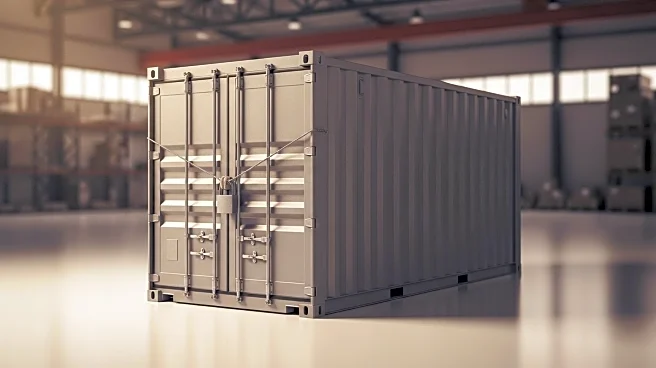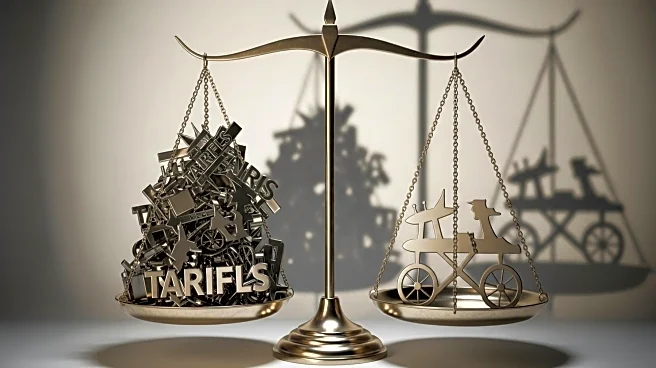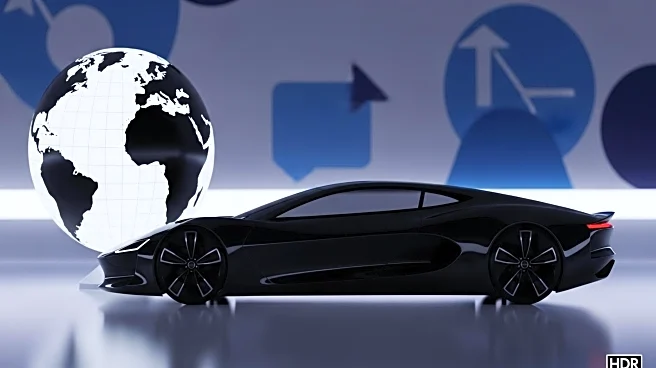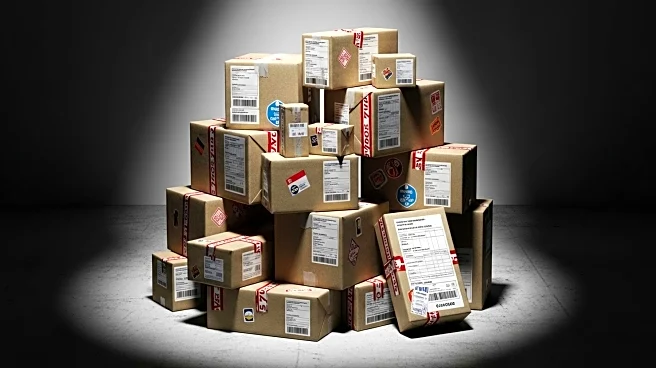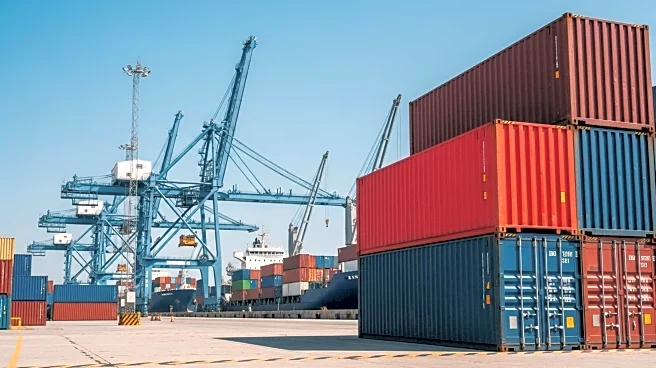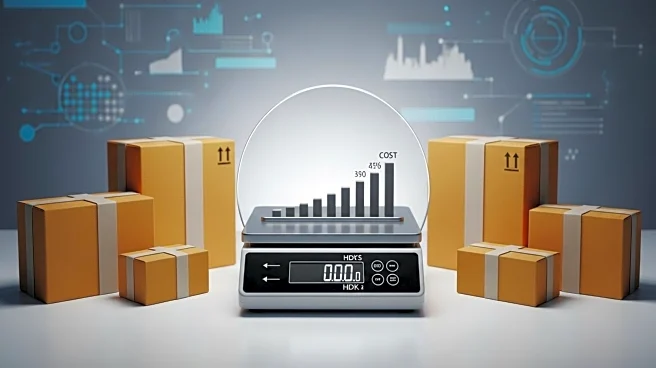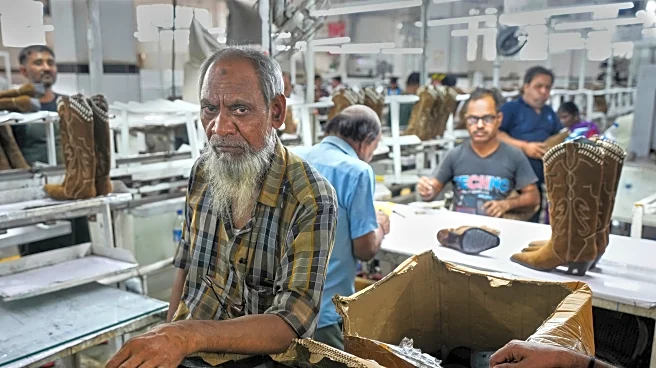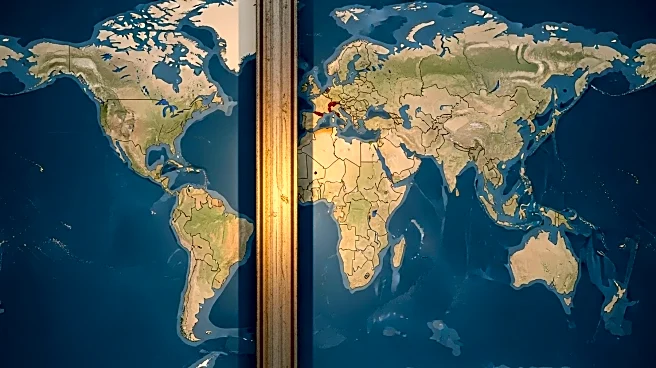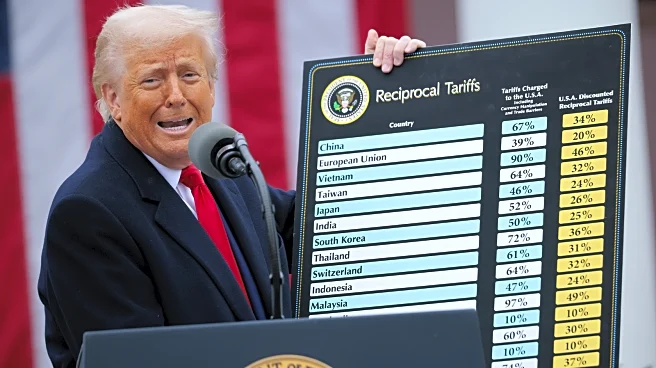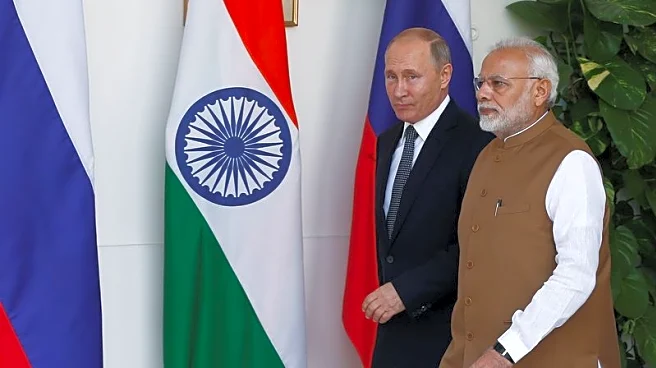What is the story about?
What's Happening?
The Trump administration has tied auto tariff relief to concessions on other trade issues in ongoing negotiations. The administration views new tariffs on vehicle and parts imports as a strategy to incentivize auto manufacturing investments in the U.S. The European Commission introduced legislation that the Trump administration considers necessary for lowering auto tariffs on European vehicles and parts. This approach aims to leverage tariff relief as a bargaining chip to secure broader trade agreements.
Why It's Important?
The strategy reflects the administration's focus on boosting domestic auto manufacturing and securing favorable trade terms. By linking tariff relief to broader concessions, the administration seeks to enhance U.S. competitiveness and address trade imbalances. The approach could influence future trade negotiations and impact the auto industry, affecting production strategies and market dynamics.
What's Next?
The administration's strategy may lead to further negotiations and potential trade agreements that could reshape the auto industry landscape. Stakeholders should monitor developments in trade talks and legislative actions that could affect tariff policies and industry investments.
Beyond the Headlines
The use of tariffs as a bargaining tool highlights the complexities of trade negotiations and the interplay between economic and political factors. It underscores the importance of strategic alignment and cooperation in achieving trade objectives and fostering industry growth.
AI Generated Content
Do you find this article useful?



